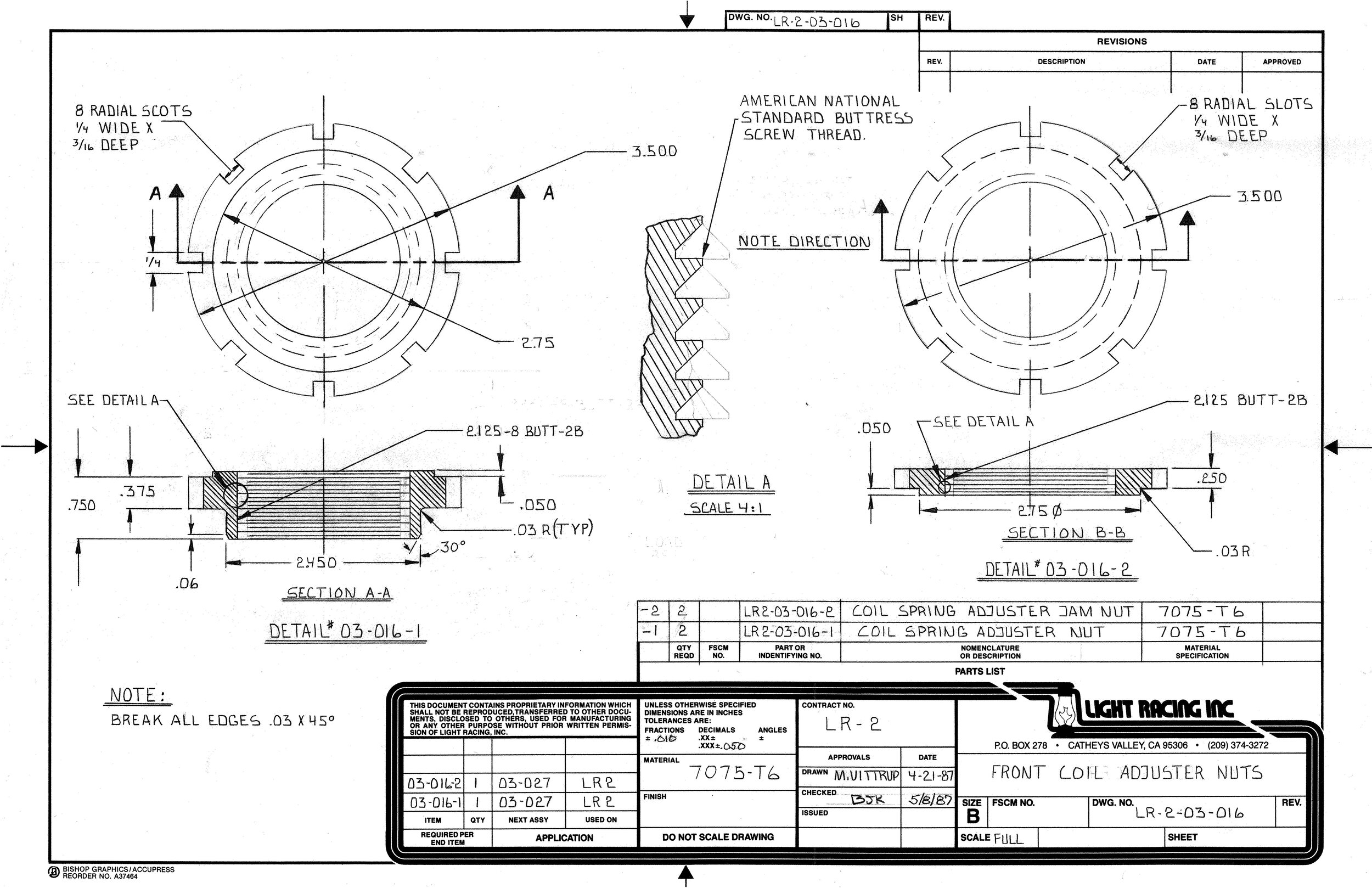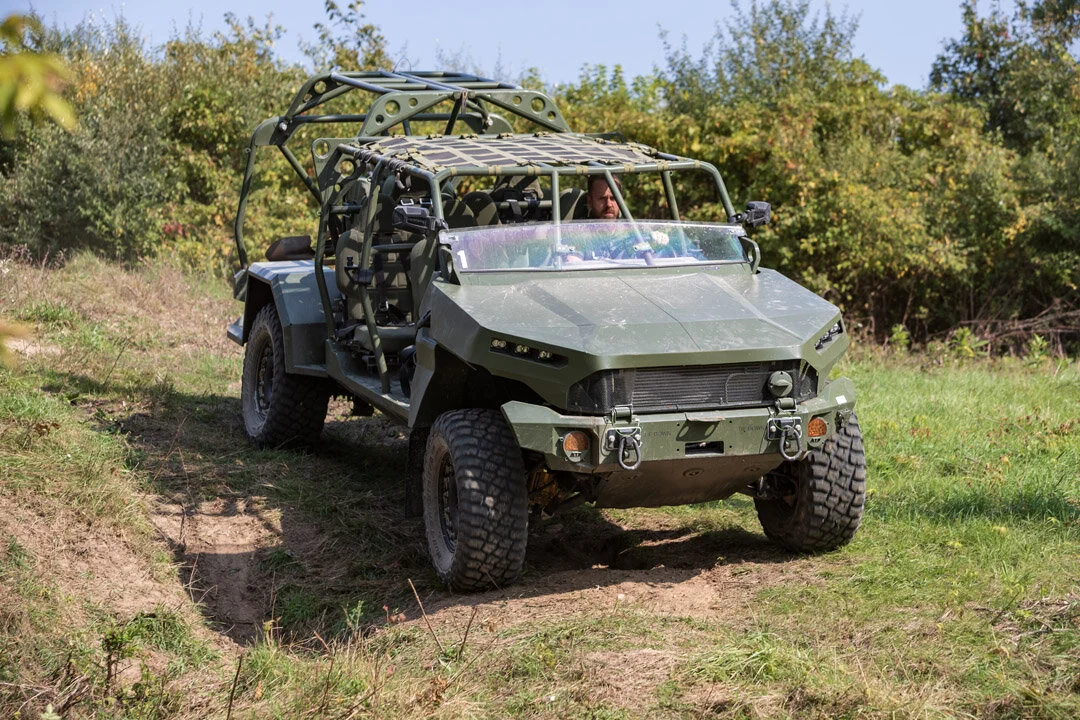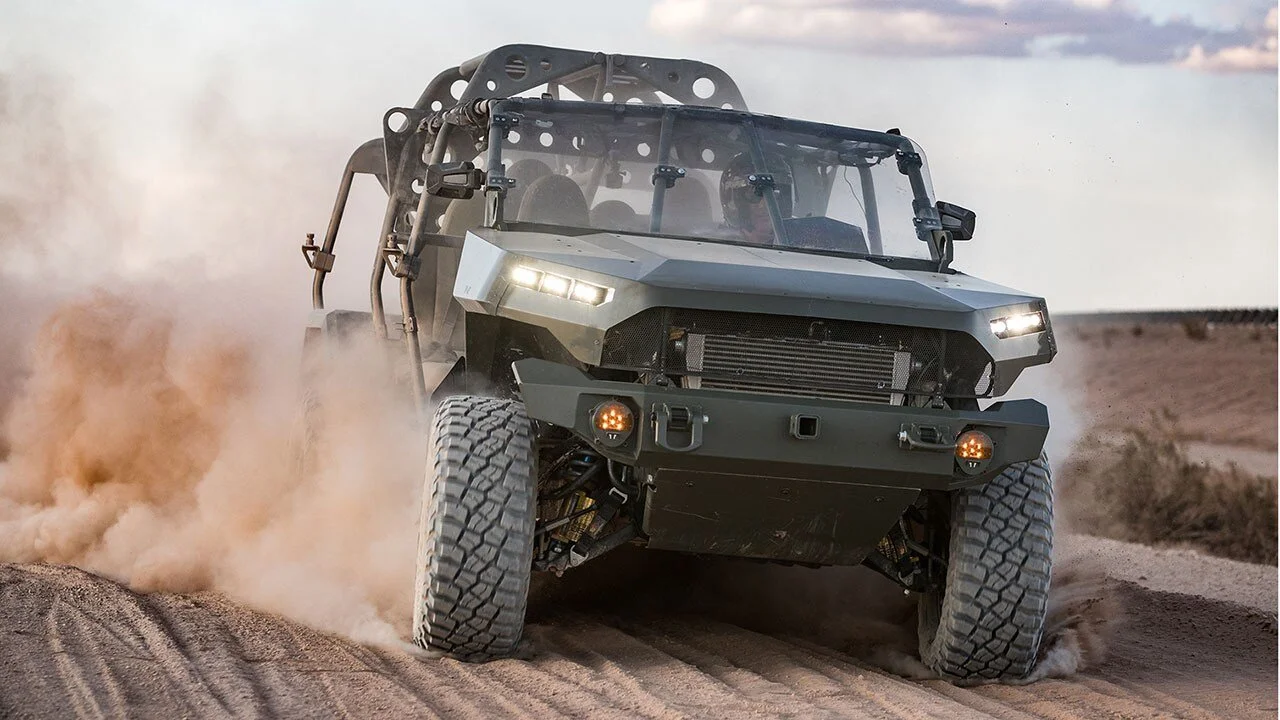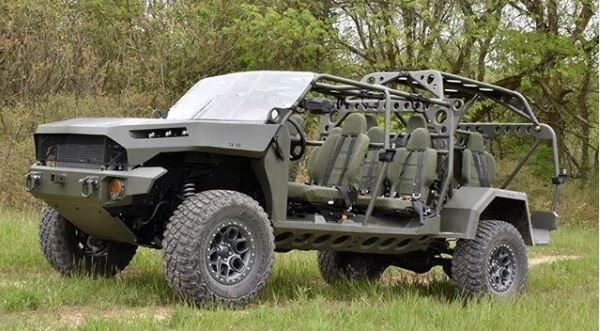FAQ: Why does LANTERNMARK use 4140 N vs. 4130 N for most of their Fab Elements?
ANSWER: 4140 offers the potential to create a much stronger part, and does not preclude or detract from the use of 4130 in a combined weldment. Here’s why:
The chromium-molybdenum (Chromoly) alloys AISI/SAE 4130 and 4140 are considered Ultrahigh-Strength Steels. Both are medium-carbon (0.30-0.60 % carbon) low-alloy steels. 4140 is similar in composition to 4130 except for the higher carbon content. The “30” in 4130 represents the carbon content by % of weight (0.28-0.33 % for 4130 vs 0.38-0.43 % for 4140).
Because of its higher carbon content, 4140 steel has greater hardenability and strength than does 4130. Due to its deeper hardening characteristics, 4140 is generally a better material to be used for billet machined components where discontinuities and variations in section, as well as thicker overall sections, are present. Because of this, 4140 is typically more readily available and more cost efficient in bar and plate forms, while 4130 is more commonly obtained in tubing and sheet forms. Also, if you are not heat treating afterwards, the original machined 4140 steel fabrication element which we are offering, has a better chance of being through hardened (to the normalized level) when you get it than if we were using 4130 steel.
Regarding relative strengths, the 4130 suspension component is typically heat treated to the low 30’s on the Rockwell C scale, resulting in tensile strengths in the 140-150 ksi range. The 4140 steel suspension component will be heat treated to RC numbers in the low or even mid 40’s, which equates to strengths in the 185-210 ksi range. Therefore 4140 offers the potential to create a much stronger part if combined with other similar carbon content chromoly alloys such as other 4140 pieces, or parts made from 4340, etc.
On the other hand, 4130 is very compatible with 4140 when used together in the same weldment. LANTERNMARK has designed many uprights, control arms, and other suspension/vehicle components over the years using combinations of these and other chromoly alloys. Heat treating processes and welding fillers must consider the combination of the alloys present, and the strength of the overall component will be limited to the lesser of the combined materials, but otherwise you can achieve some very good benefits and efficiencies by using combinations of these steels. The 4140 does not preclude or detract from the use of 4130 in a combined weldment, other then some potential sacrifice in weldability. However, with proper welding procedures, pre and post heat practices, and appropriate welding rod selection, most fabricators will have no problems.
Many builders do not follow through with the heat treating of parts which are constructed with chromoly. We do not recommend not heat treating chromoly fabrications in general, however since this is a common practice, it is another good reason for us to use 4140 N (“normalized”) in our fab elements. This is also referred to as condition “D”. The material in a normalized condition is much stronger than when in the annealed condition, and even after welding, most if not all of the part will retain a higher strength level than if it were annealed.
For comparison, 4130 N will have a yield strength from around 60-75 ksi depending on the form of steel you are using; cold drawn seamless tubing being closer to the 75 ksi mark, and hot rolled bars and plates coming nearer 60 ksi yield. On the other hand, the 4140 N bars and plates will be closer to 100ksi. The machinability of the 4140 N is also a little better than that of 4130 N. The harder 4140 is not as “gummy” as the 4130.





























